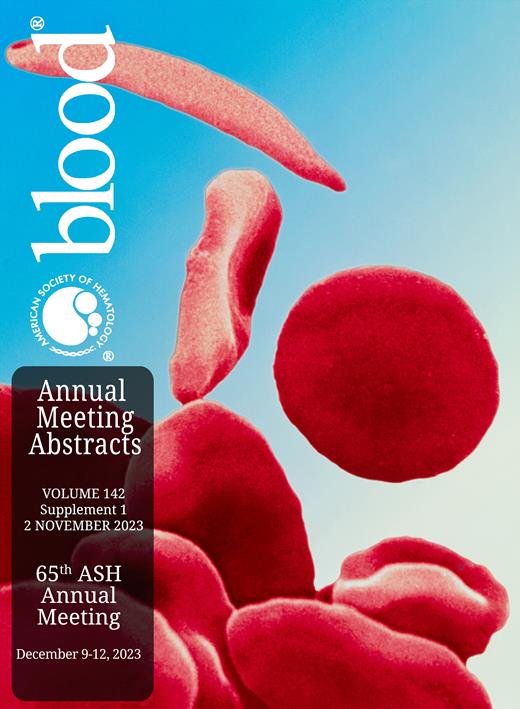Introduction
Recombinant Erwinia (Rylaze or JZP458) was approved by the United States (US) Food and Drug Administration (FDA) on June 30, 2021, for use as a component of a multi-agent chemotherapeutic regimen for the treatment of acute lymphoblastic leukemia (ALL) or lymphoblastic lymphoma (LBL) in adult and pediatric patients 1 month and older who developed hypersensitivity to E. coli-derived asparaginase. There is currently limited evidence on the use of recombinant Erwinia outside of a clinical trial setting.
Methods
This retrospective, descriptive study used a US open claims dataset from Symphony Health. The aim of this study was to describe the treatment patterns among patients diagnosed with ALL/LBL who initiated an asparaginase treatment in the post-Rylaze approval time frame (July 1, 2021-January 31, 2023).
Index date was defined as the first date of receiving an asparaginase treatment. Patients in this study were required to have an ALL/LBL diagnosis within 365 days prior to index date, and at least 1 medical or pharmacy claim 365 days prior to and after the index. Four asparaginase molecules were included in this study, 2 Erwinia-derived - recombinant Erwinia (Rylaze) and native Erwinia (Erwinaze), and 2 E. coli-derived - pegaspargase (Oncaspar) and calaspargase pegol-mknl (Asparlas). Patients entered cohort A when they initiated their first asparaginase. Cohort B included a subset of cohort A patients who received a second different asparaginase. Patients were followed up until index treatment discontinuation, 365 days of follow-up, or January 31, 2023 (end of data), whichever came first.
Descriptive statistics were used to report patient characteristics and treatment patterns. No statistical comparisons were conducted in the analyses.
Results
Cohort A (n=1,495) included 1,370 (91.6%) pegaspargase, 85 (5.7%) recombinant Erwinia, 28 (1.9%) calaspargase, and 12 (0.8%) native Erwinia-treated patients. Among patients aged ≥18 years (n=350), 319 (91.1%), 28 (8.0%), and 3 (0.9%) patients initiated pegaspargase, recombinant Erwinia, and native Erwinia as the first asparaginase, respectively (Figure 1). Among pegaspargase- and calaspargase-treated patients, 32.2% and 10.7% developed a hypersensitivity reaction (HSR), respectively; also, 11.7% and 14.3% switched to recombinant Erwinia, respectively. The 3 most common comorbidities at baseline among patients in cohort A were chronic obstructive pulmonary disease (9.5%), obesity (10.2%), and liver disease (7.8%) and in patients specific to recombinant Erwinia were obesity (14.1%), liver disease (11.8%), and diabetes (9.4%).
Cohort B (n=203), representing 13.6% of patients in cohort A who started a second asparaginase treatment, included 168 (82.8%) recombinant Erwinia, 19 (9.4%) calaspargase, 13 (6.4%) native Erwinia, and 3 (1.5%) pegaspargase-treated patients. Near half (46.8%) of cohort B patients had an HSR after they initiated an E. coli-derived asparaginase before they switched to the second asparaginase. Of the patients who switched to recombinant Erwinia, most were <18 years old (n=139, 82.8% [Figure 2]). The top 3 comorbidities at baseline among all patients in cohort B were same as cohort A.
Of patients in cohort B, the majority (78.8%) switched from pegaspargase to recombinant Erwinia. Within this subgroup, a 1:6 dose replacement ratio was observed within 21 days of the switch with administrations most common on Mondays, Wednesdays, and Fridays.
Discussion/Conclusions
This observational study describes treatment patterns of asparaginase in patients with ALL/LBL in the 18 months after the approval of recombinant Erwinia. The majority of initial asparaginase was pegaspargase, with recombinant Erwinia as the second asparaginase. However, recombinant Erwinia was observed as the initial treatment in 5.7% of patients, with nearly one-third of those patients being ≥18 years of age. Recombinant Erwinia dosing usage appeared to align with the dosing schedule (Monday/Wednesday/Friday) approved by the FDA in November 2022 with 1 dose of pegaspargase replaced with 6 doses of recombinant Erwinia. Limitations of this study included the nature of the database used, containing mostly outpatient data, and the relatively short study time frame. Future studies with additional data are needed to fully understand the real-world asparaginase use patterns in these patient populations.
Disclosures
Maese:Jazz Pharmaceuticals: Consultancy, Speakers Bureau. Latimer:Aetion: Current Employment. Nerney:Aetion: Current Employment. Cao:Jazz Pharmaceuticals: Current Employment, Current holder of stock options in a privately-held company. Stricherz:Jazz Pharmaceuticals: Current Employment, Current holder of stock options in a privately-held company. Murphy:Jazz Pharmaceuticals: Current Employment, Current holder of stock options in a privately-held company. Chen:Jazz Pharmaceuticals: Current holder of stock options in a privately-held company, Ended employment in the past 24 months. Su:Jazz Pharmaceuticals: Current Employment, Current holder of stock options in a privately-held company. Ni:Jazz Pharmaceuticals: Current Employment, Current holder of stock options in a privately-held company. Prince:Aetion: Current Employment. Poole:Jazz Pharmaceuticals: Current Employment, Current holder of stock options in a privately-held company.


